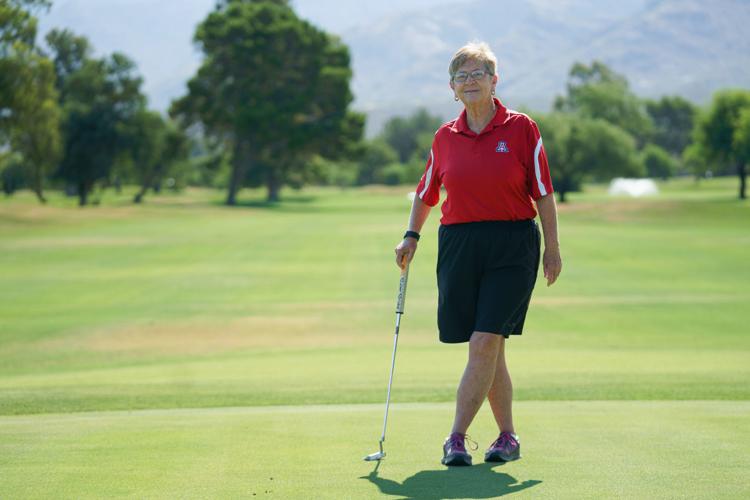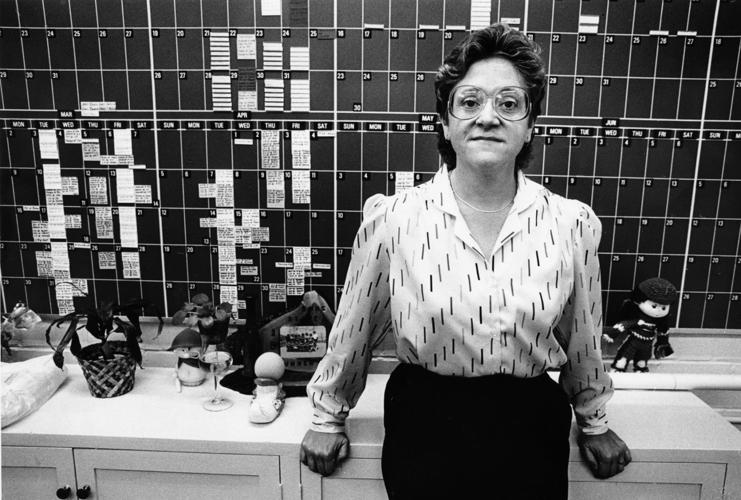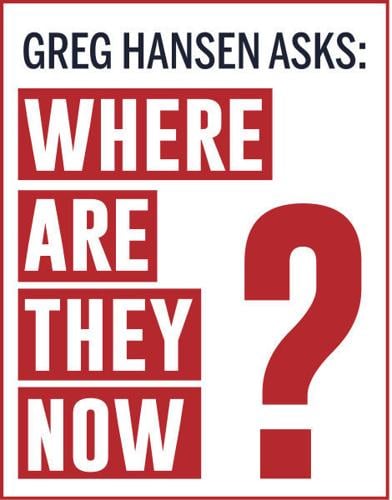About all anyone in Tucson knew about Sheila Baize in 1985 was that she ruled small-school softball in Arizona. Her San Manuel High School Miners had gone 185-15, winning five state championships.
But there was so much more.
She was San Manuel’s athletic director and assistant principal at a time those jobs almost exclusively were given to men. She started the school’s softball and girls basketball programs. Plus, Baize was a Tucsonan of the first rank – she had three degrees from the University of Arizona and played for legendary Catalina High School coach Mary Hines.
But when Baize applied to become athletic director of TUSD’s nine high schools and 19 middle schools, she thought she didn’t have a chance.
“Women didn’t get those jobs,” she says now. “And I didn’t know anybody in the district.”
The man she hoped to replace, former Arizona football standout Jerry Davitch, had been the head football coach at the University of Idaho. That’s the type of man TUSD sought. Another Jerry Davitch. Someone with a presence.
But a few days after interviewing with TUSD officials, Baize’s phone rang.
“Stan Paz, the deputy superintendent, told me ‘I’m willing to take a chance on a female,’ ‘’ she remembers. “I was shocked.”
For the next quarter-century, Baize had a presence like few in the history of Tucson prep sports. She was responsible for hiring scores of athletic directors, coaches and referees. She drafted and executed the athletic budgets and schedules of 28 schools. She ruled on so many complicated eligibility issues that she became, in 20th century lingo, “the heavy.”
“People have no idea what went on, day to day, year after year,” she says, chuckling. “It was a very big job.”
Baize retired 11 years ago, her sanity and reputation intact. These days she has a new thing – golf.
“I play three or four times a week,” she says. “But that doesn’t necessarily mean I’m good.”
Baize’s career trajectory was about as unexpected as you could expect. Her father, a custodian at Whitmore Elementary School, and her mother, an archivist at the Tucson Citizen newspaper, were not involved in sports. Her sister became a seamstress.
But when the GAA – Girls Athletic Association – of the 1960s gathered for their so-called “Saturday Playdays” at the UA, Baize was an eager participant, playing softball and volleyball with other young girls of the 1960s, long before Title IX created a more compelling path for female athletes.
“We didn’t have uniforms and it wasn’t competitive,” she says. “We wore our PE bloomers. It’s nothing like it is now. But then Title IX came along in the early ‘70s and everything changed. When you sit back now and see the before and the after, it’s very inspiring.”

TUSD Athletic Director Sheila Baize at Catalina High School in 1987.
When Baize became director of TUSD athletics she almost immediately went to work on correcting one of the biggest wrongs in Arizona prep sports. She began a campaign to move high school softball and girls basketball to the traditional seasons for those sports.
In Tucson prep sports1985, girls basketball was played in the spring. Why? It allowed many basketball coaches to “double dip” and coach boys and girls basketball.
Softball was played in the winter, avoiding a conflict with baseball season. It didn’t make sense – it was outside the recruiting calendar of fast-growing NCAA softball – and Baize took the lead, working in unison with the Sunnyside, Flowing Wells, Amphitheater, Marana, Sierra Vista and Nogales school districts to change it.
Baize’s held firm against the many (mostly male) opponents, who argued that gymnasiums would be over-scheduled, transportation would be chaotic and that there weren’t enough qualified coaches to make the transformation.
“One coach told me ‘over my dead body,’ ‘’ Baize says. “Another told me I had ruined his life.”
It was all part of the bountiful growth of women’s sports in America; when Tucson was slow to act, Baize took charge.
“I experienced a lot of resistance over the years,” she says. “Once, at San Manuel, I needed some tape for the ankles of one of my injured basketball players. But the athletic director told me there was no tape. Well, I’m in the gym complaining when one of the boys coaches walks by with a box full of tape.
“I told myself that I was going to be an administrator that put an end to things like that. ‘’
Baize retired in 2008 just as the proliferation of open enrollment and students transferring to more prominent athletic programs became a significant issue. She was instinctive enough to see that eligibility problems would become manifest at almost every school in Tucson, and change the competitive balance of every league.
“I made up my mind it was time to retire,” she says. “I was driving to Phoenix three times a week. You work 60 hours a week. But that was fine. It was never a job to me; I loved it. It was just time for someone else to be the heavy.”






